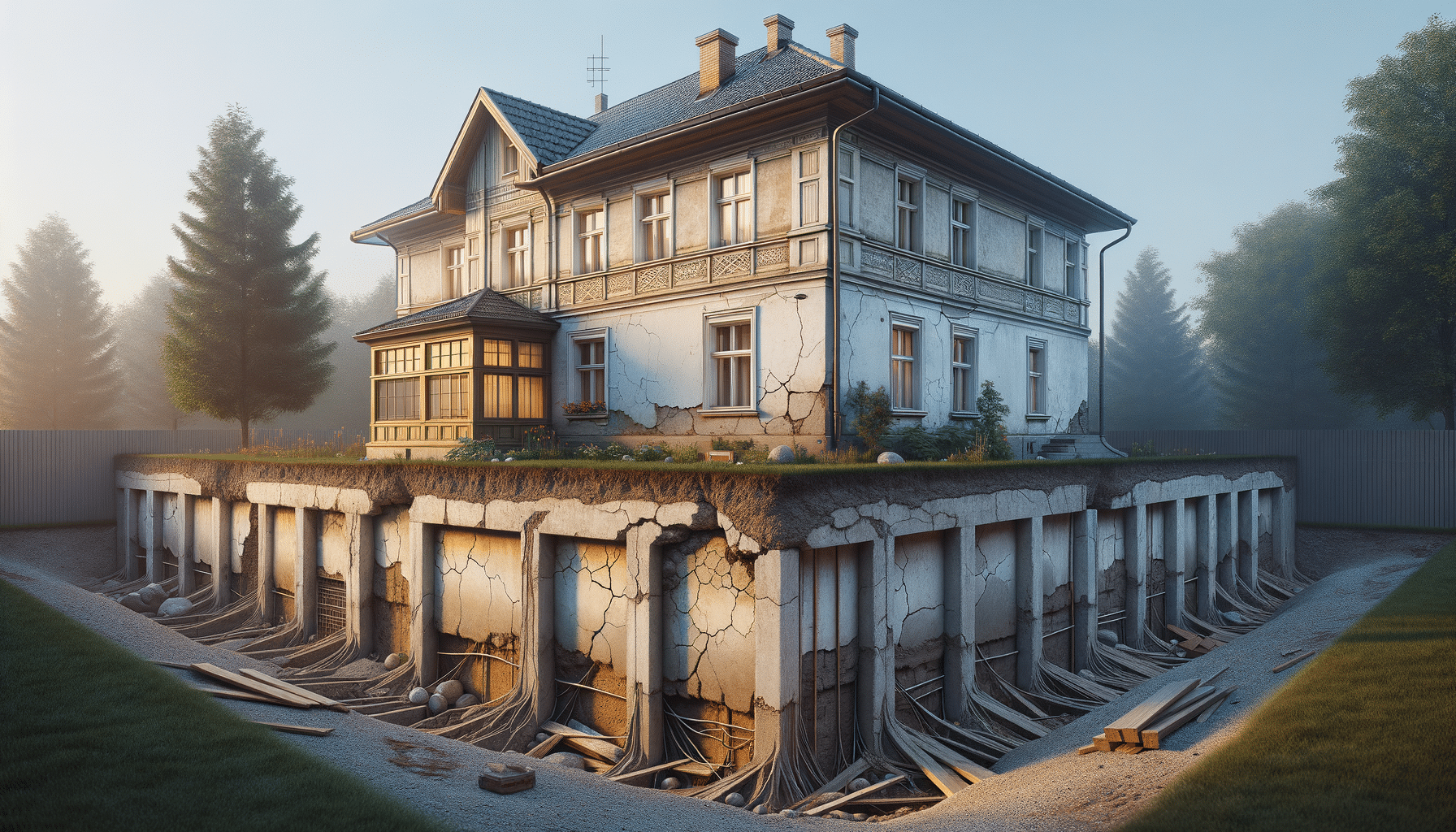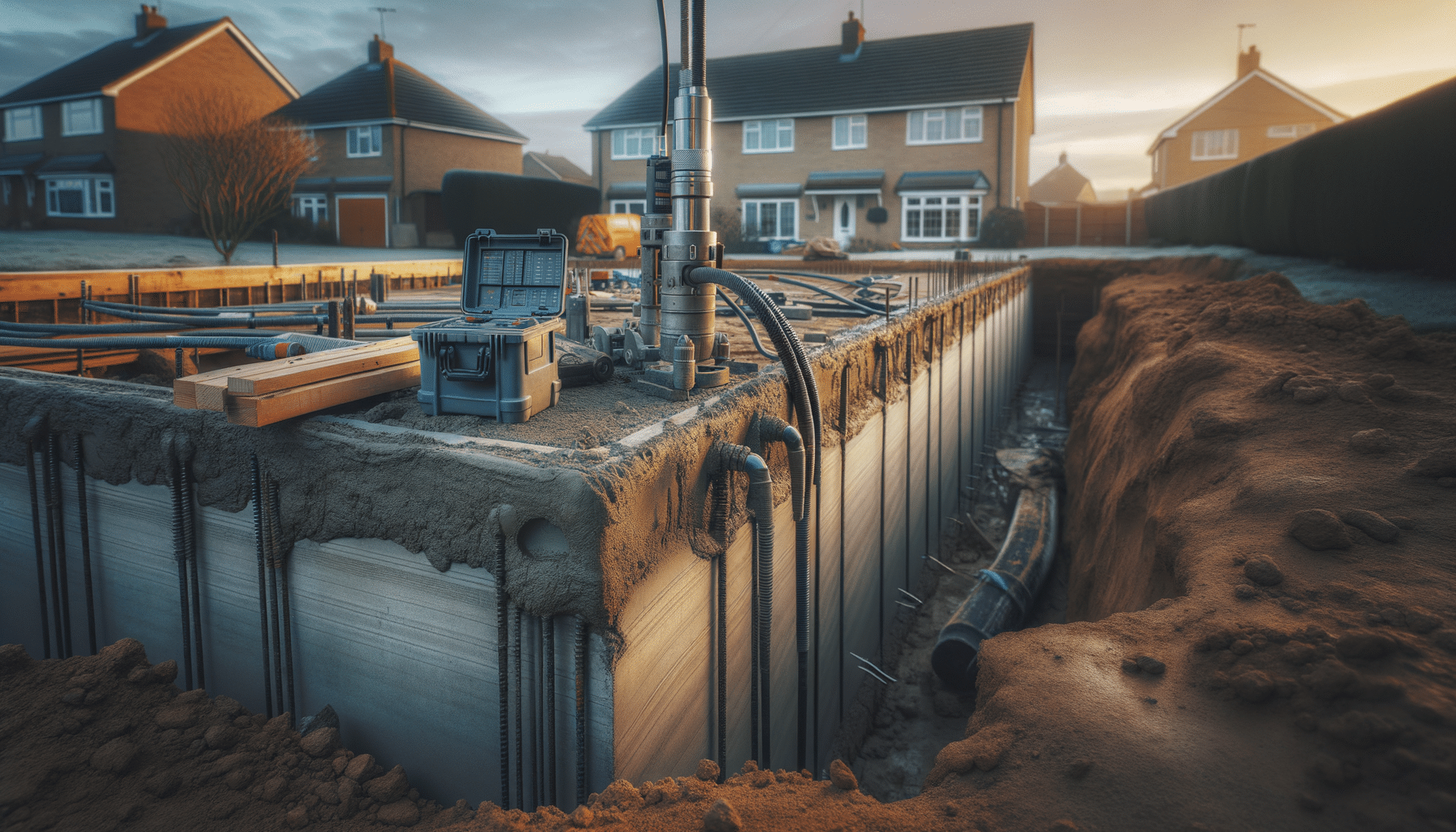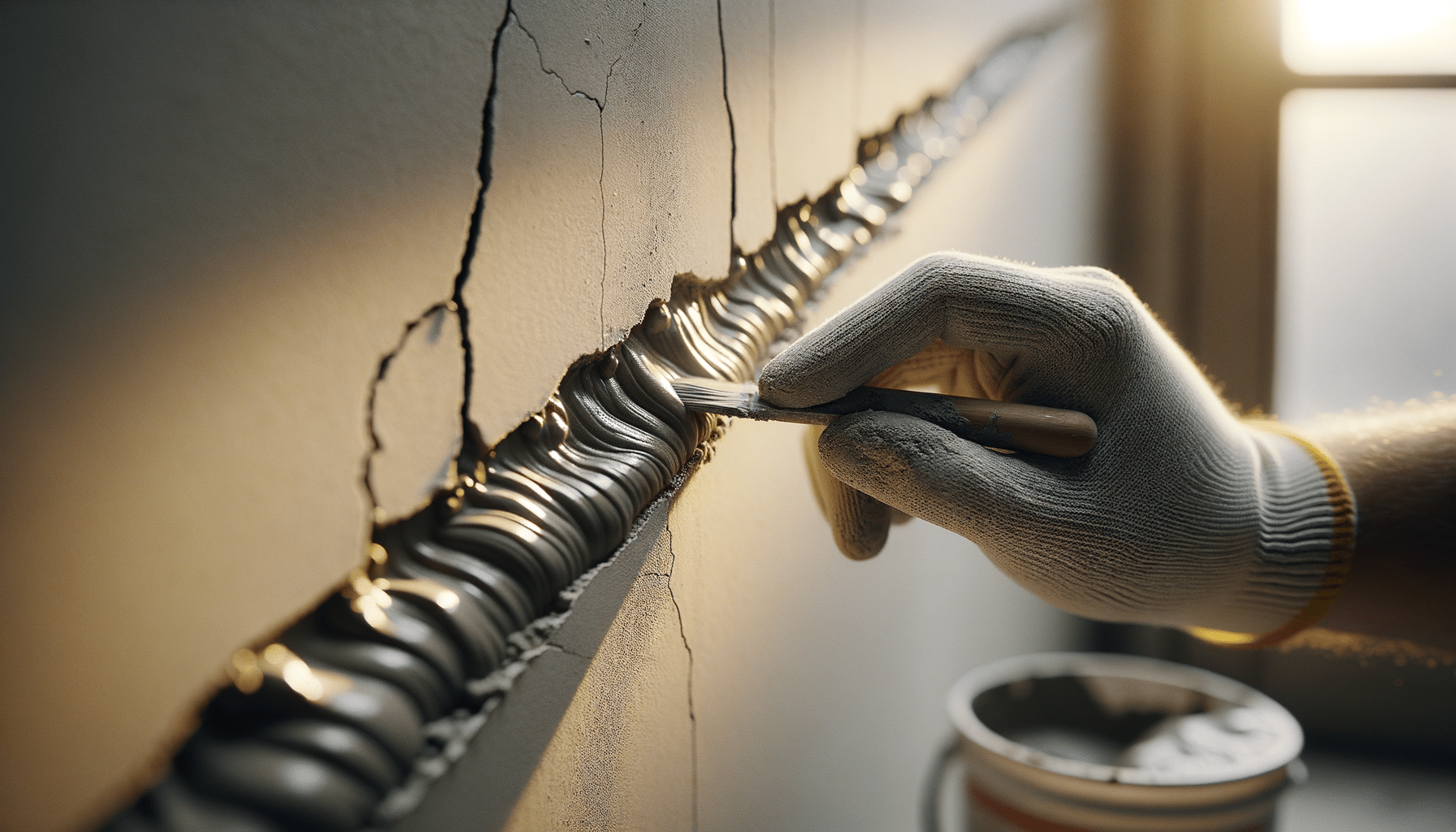
How to Repair Foundation Issues
Understanding Foundation Problems
Foundation problems can be a homeowner’s nightmare, potentially leading to significant structural issues if not addressed promptly. The foundation is the base upon which your home rests, and any compromise in its integrity can have cascading effects throughout the structure. Understanding the various types of foundation problems is crucial in identifying and addressing them effectively.
Common foundation issues include cracks in walls and floors, doors that fail to close properly, gaps around window frames, and uneven floors. These problems often stem from soil-related issues, such as poor compaction, soil shrinkage or expansion, and improper drainage. Clay soils, in particular, are notorious for expanding and contracting with moisture changes, leading to significant stress on the foundation.
Addressing foundation problems promptly is vital, as delays can lead to more severe damage and costly repairs. Homeowners should regularly inspect their property for signs of foundation distress and seek professional assessment if any issues are detected. By understanding the root causes and signs of foundation problems, homeowners can take proactive measures to protect their investment.
Common Causes of Foundation Damage
Foundation damage is often the result of several interrelated factors that can compromise the stability of a building. One of the primary causes is soil movement, which can be exacerbated by environmental conditions such as heavy rainfall or drought. Soil movement can lead to shifting, settling, or cracking of the foundation.
Another significant contributor to foundation damage is poor drainage. Water accumulation around the foundation can cause soil erosion and weaken the foundation’s support. This is particularly problematic in areas with heavy rainfall or inadequate drainage systems. Homeowners should ensure that gutters and downspouts direct water away from the foundation to prevent water-related damage.
Additionally, tree roots can pose a threat to foundation stability. As roots grow, they can exert pressure on the foundation, leading to cracks and structural shifts. Selecting appropriate landscaping and maintaining a safe distance between large trees and the home can mitigate this risk.
Finally, construction-related issues such as poor workmanship or the use of substandard materials can lead to premature foundation failure. Ensuring that construction follows industry standards and using quality materials can prevent many foundation issues from arising.
Methods for Repairing Foundation Issues
Repairing foundation issues requires a thorough understanding of the underlying problems and selecting the most appropriate method for correction. One common technique is underpinning, which involves strengthening the foundation by extending it to more stable soil or bedrock. This can be achieved using piers driven into the ground to support and stabilize the foundation.
Another method is slabjacking, used primarily for sunken concrete slabs. This technique involves injecting a grout mixture beneath the slab to lift it back to its original position. It is a cost-effective solution for minor settling issues and can be completed with minimal disruption to the home.
For crack repair, epoxy or polyurethane injections are often used. These materials seal cracks and restore structural integrity, preventing further water infiltration and damage. It’s crucial to address not only the cracks but also the underlying cause to ensure long-term stability.
In cases where drainage issues are the culprit, installing a proper drainage system can prevent future foundation problems. French drains, sump pumps, and surface grading are effective solutions to redirect water away from the foundation, reducing the risk of erosion and settling.
Preventative Measures for Foundation Maintenance
Prevention is key when it comes to maintaining a healthy foundation. Regular maintenance and monitoring can help identify potential issues before they escalate. Homeowners should conduct routine inspections of their property, focusing on signs of foundation distress such as cracks, uneven floors, and sticking doors or windows.
Ensuring proper drainage is one of the most effective preventative measures. This includes keeping gutters and downspouts clear of debris and ensuring they direct water away from the foundation. Additionally, grading the landscape so that water flows away from the home can further protect against water-related foundation problems.
Homeowners should also be mindful of the vegetation around their home. Large trees and shrubs should be planted at a safe distance from the foundation to prevent root intrusion. Regularly trimming vegetation and maintaining a proper barrier can mitigate the risk of root-related damage.
Lastly, maintaining consistent moisture levels in the soil around the foundation can prevent excessive expansion and contraction. During dry periods, watering the soil can help maintain stability, while during wet conditions, ensuring proper drainage can prevent waterlogging and erosion.
When to Call a Professional
While some minor foundation issues can be addressed by homeowners, there are situations where professional intervention is necessary. Significant cracks, noticeable shifts in the structure, or persistent water problems are indicators that professional assessment is needed. Foundation specialists have the expertise and equipment to accurately diagnose and repair complex foundation issues.
Professional help is also advised when dealing with underpinning or slabjacking, as these techniques require specialized knowledge and tools. Attempting such repairs without professional assistance can lead to further damage and increased costs.
Moreover, if a homeowner is planning major renovations or additions to their home, consulting a foundation expert can ensure that the existing foundation can support the new structure. This proactive approach can prevent future problems and safeguard the investment in the property.
In conclusion, while regular maintenance and monitoring can prevent many foundation issues, knowing when to call a professional is crucial. By seeking expert advice and addressing problems promptly, homeowners can maintain the stability and value of their homes.


